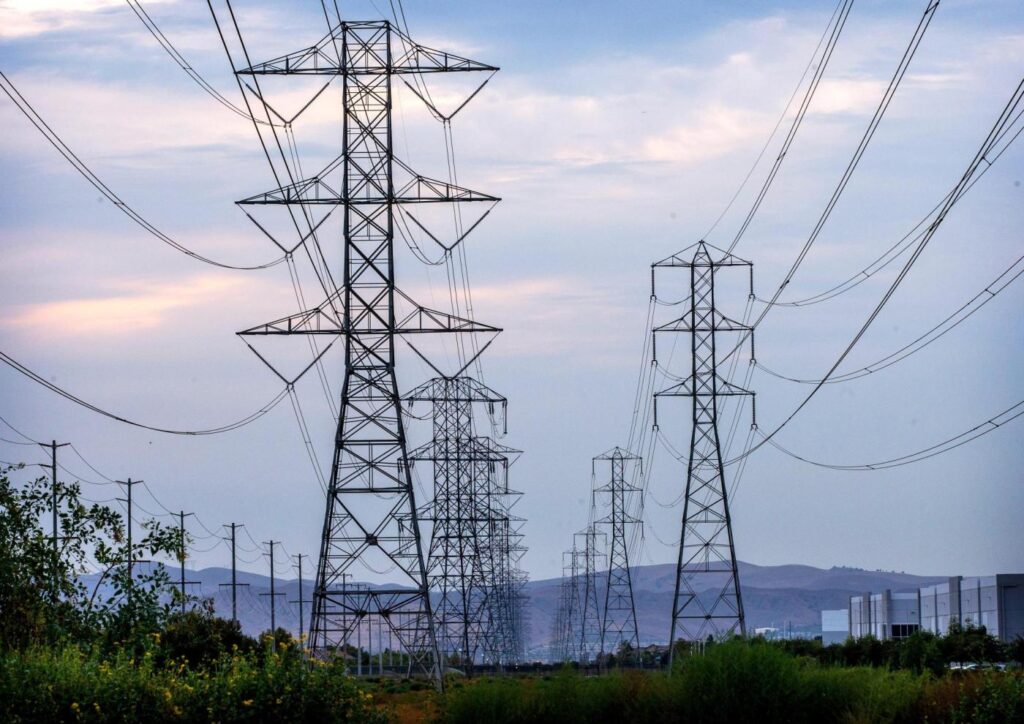
In its effort to battle climate change, California is in the forefront of the nation’s effort to shift our electrical generation away from fossil fuels and toward renewable-energy production.
Yet as California rushes to achieve its climate goals of 90% “clean” energy within a dozen years, it is far behind in its need to upgrade our electrical infrastructure.
The latest news should serve as a wakeup call.
As CalMatters reported, “California officials insist that the grid can provide enough electricity” to handle millions of new electric vehicles, but “that’s based on multiple assumptions — including building solar and wind at almost five times the pace of the past decade — that may not be realistic.”
Furthermore, the state’s major utility companies — Southern California Edison, Pacific Gas & Electric and San Diego Gas and Electric — unveiled a new rate structure (in response to Assembly Bill 205) that lowers usage-based costs and increases the fixed-cost portion of people’s bills. It bases bills heavily on income levels, but incentivizes consumers to use more electricity. That will further stress the grid.
The California Independent System Operator, the regional organization that manages the electricity grid, this month released a draft report calling “for an additional 22 transmission projects driven by the state’s energy policy goals.” The ISO estimates those costs at $7.53 billion over the next decade — at a time when California is facing a $25-billion budget deficit.
This epitomizes California’s approach, which seems driven more by ideology than reality. On the same week last year that the California Air Resources Board announced a roadmap for a 100-percent EV future, the ISO cautioned EV owners not to charge their cars for several days to avoid blackouts from an overstressed grid during a heat wave.
The Los Angeles Times recently noted that “getting the ball rolling on new power lines has been especially tough” given that “getting permission to string wires over long distances … can take a decade or more.”
Our leaders need to spend less time promoting far-reaching environmental goals — and more time figuring out how we can meet them.
